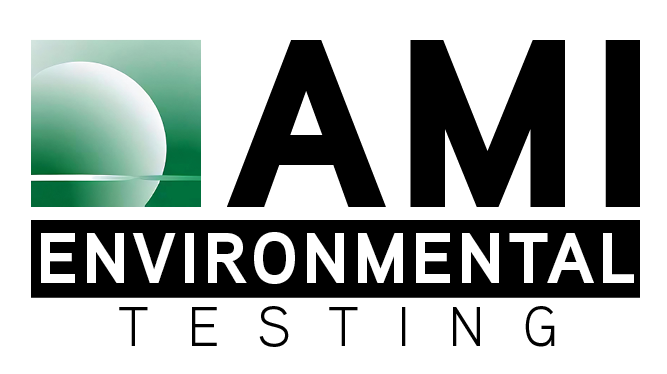 In the past few years The Joint Commission (TJC) has placed new emphasis on the importance of building management systems in improving patient safety, and has started to incorporate these systems into their standards. As the Joint Commission becomes more involved in regulating these systems, healthcare employers are presented with a valuable opportunity to get ahead of the curve by integrating their patient health and safety programs with their worker health and safety plans. This only makes sense since patients and healthcare workers are oftentimes exposed to the same hazards in healthcare facilities.
In the past few years The Joint Commission (TJC) has placed new emphasis on the importance of building management systems in improving patient safety, and has started to incorporate these systems into their standards. As the Joint Commission becomes more involved in regulating these systems, healthcare employers are presented with a valuable opportunity to get ahead of the curve by integrating their patient health and safety programs with their worker health and safety plans. This only makes sense since patients and healthcare workers are oftentimes exposed to the same hazards in healthcare facilities.
As hospitals improve their patient health and safety plans for TJC compliance, they should also consider how these systems could be extended for compliance with OSHA standards for worker health and safety. According to OSHA, the six main elements of an effective safety and health management system are:
- Management Leadership
- Employee Involvement
- Worksite Analysis
- Hazard Prevention and Control
- Safety and Health Training
- Annual Evaluation
OSHA has compared these elements to the current Joint Commission standards for Hospitals to help identify ways healthcare facilities can improve their systems for both TJC and OSHA compliance. Some of the most notable discrepancies between the organizations’ standards include:
- OSHA requires a baseline safety and industrial hygiene hazard analysis is conducted, while TJC regulations do not require a hazard analysis. (Worksite Analysis)
- OSHA standards require that employees who bring suggestions, ideas or reports of hazards to management’s attention receive feedback on their submissions. (Employee Involvement)
- Contract employees are specifically mentioned in OSHA’s standards, which require that contract employees be provided with safety and health protection equal in quality to that provided to employees. (Employee Involvement)
- OSHA requires that all contractors, repair and services providers follow the health and safety rules of the specific healthcare facility they are working in, while TJC does not place jurisdiction for these rules with the host facility. (Employee Involvement)
The full comparison can be found on OSHA’s website.
Joint Commission Resources (JCR) for Healthcare Organizations
Many healthcare facilities working to improve their building management and health and safety programs are unaware of a valuable resource available to them: Joint Commission Resources (JCR). This non-for-profit institution is an affiliate organization of TJC, and the official publisher of TJC materials. While TJC is responsible for evaluating, accrediting and regulating healthcare organizations and programs across the United States, JCR provides guidance, consulting and educational services to help healthcare organizations improve their building management and health and safety systems, and ensure compliance with Joint Commission regulations.
OSHA and TJC Alliance
In 2013, OSHA and TJC renewed an alliance agreement to “provide information and training resources that will help protect the safety and health of healthcare workers”. The two organizations will be working together to help raise awareness about their rule making efforts and enforcement initiatives, as well as to inform healthcare employers and workers of their occupational health and safety rights and responsibilities.
Unfortunately, the Alliance does not mean that all OSHA standards and TJC regulations will overlap, so healthcare facilities will need to make sure their building management and safety and health management systems are in compliance with both organizations’ rules. More information on the OSHA-JTC Alliance can be found here.
How can AMI Environmental Help Healthcare Organizations Protect Building Occupants?
At AMI Environmental, our main goal is to help our clients create a safe building environment for patients and employees that meets and exceeds industry laws and regulations. With decades of experience, our Industrial Hygiene Professionals’ purpose is to help our clients not only protect building occupants, but also to help them manage risk and reach compliance. Once we’ve done our job, you can enjoy the peace of mind that everyone will be protected from harm. AMI will work to establish and maintain a safe work environment, including surveying your facility for risks; provide testing within your facility; maintain testing protocol; and assist in the recording process. If you have any questions or concerns, please contact Dan Taylor at [email protected].



